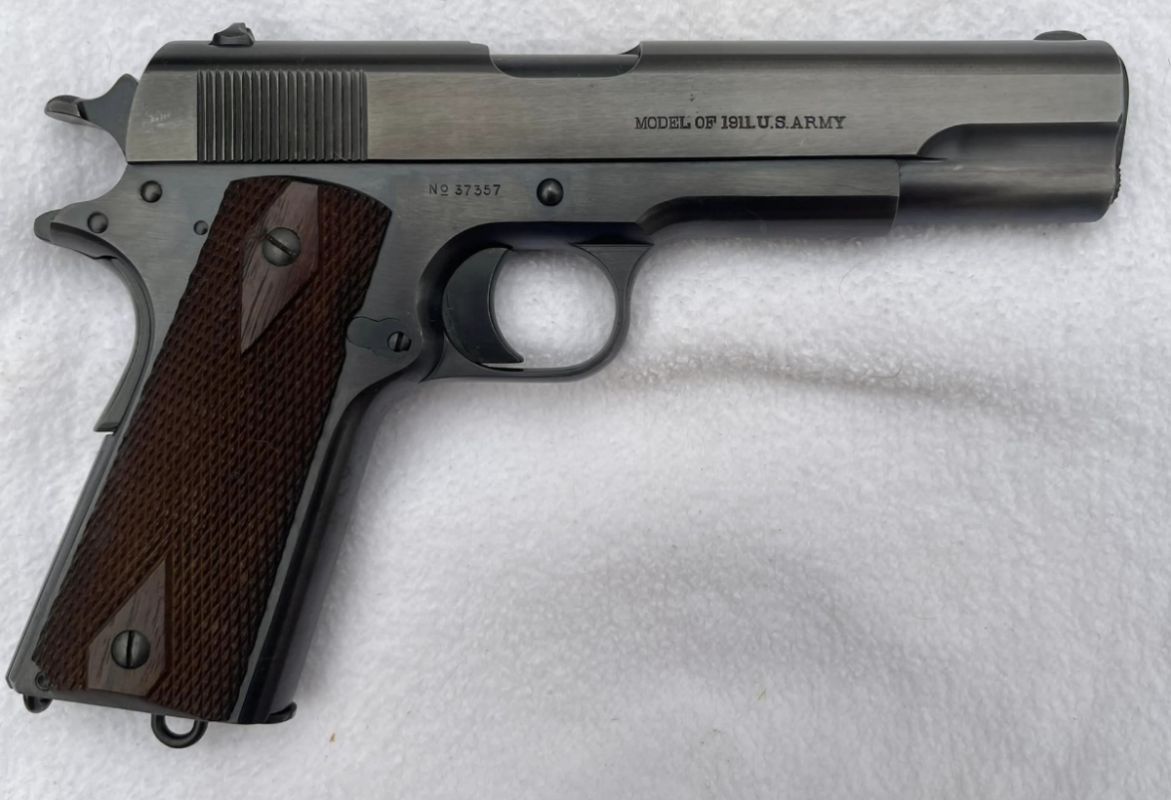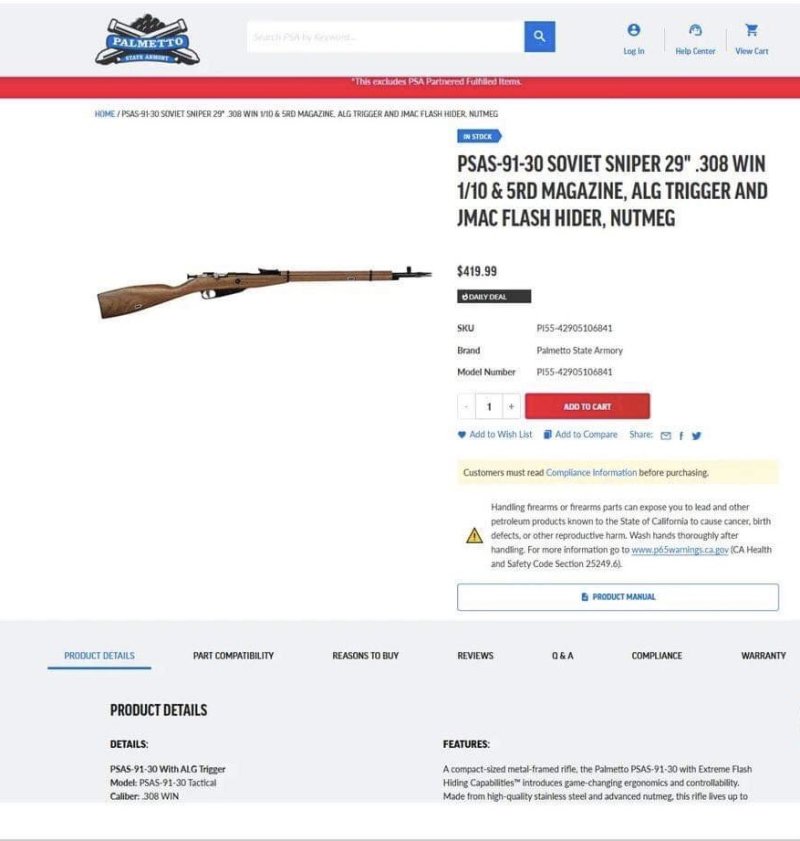This Colt New Service was made in 1903 according to its serial number (8555) and the Colt website. There is a faint stamp on the frame behind the cylinder which identifies it as a New Service, and I tend to believe it with the information provided by the Colt site. My issue is with the tapered barrel and odd front site, as no other New Service I have viewed has a similar barrel. The barrel measures 7" from shoulder to the end of the muzzle. Also, the caliber looks like a 32-20 or possibly a 38-40, but previous research doesn't advise that Colt made the gun in 32-20. I'm looking for any information from someone familiar with these revolvers.














